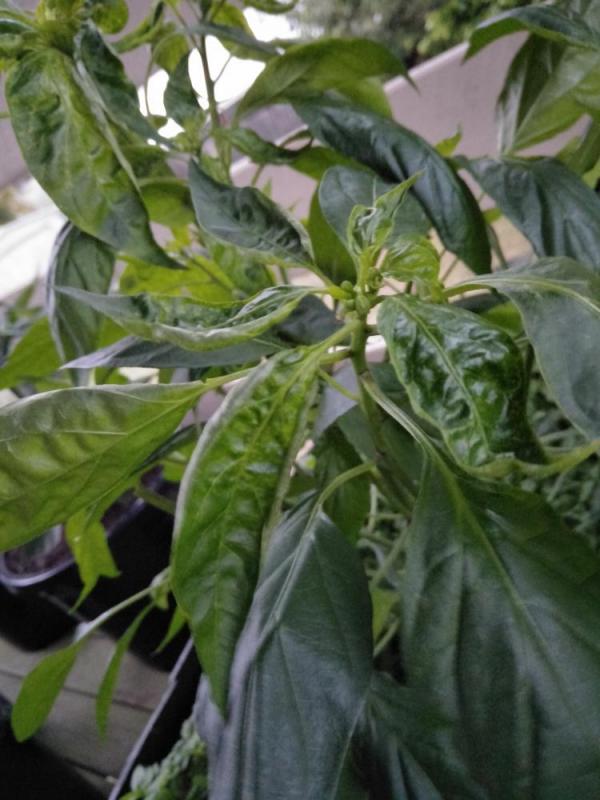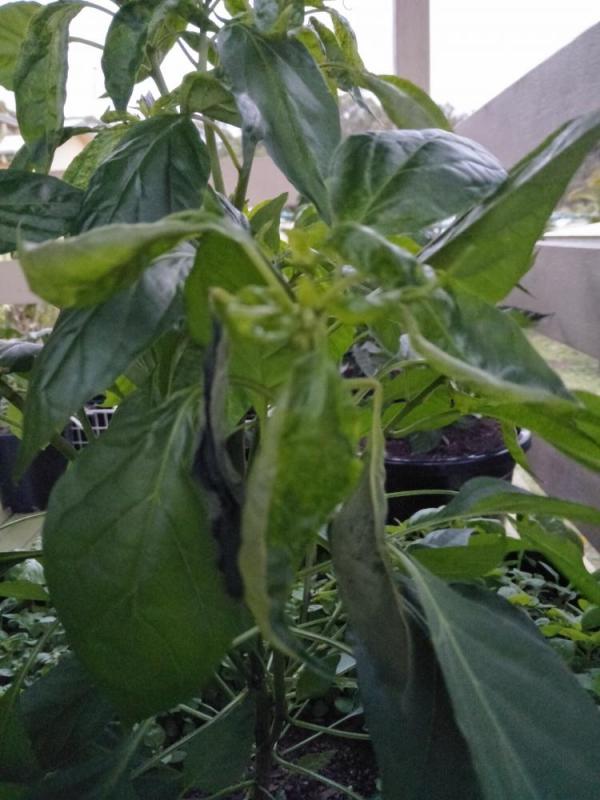You haven't seen the word genre describe plants because the word genre doesn't describe anything.
It literally means type or kind.
If you say you listen to several genres of music you are not making a description, rather you are saying you listen to different kinds of music.
The only basic requirement of the use of the word is that whatever it refers to must obviously have diversity of form ergo different types or kinds.
A bonsai is a type of plant, a shade tree is a type of plant etc.
If you have a genuine interest in language and learning more about the word genre you can use this link:
https://en.m.wiktionary.org/wiki/genre
What you may not know about the word genre is that it is a borrowed French word that comes from the Latin word: genus. The Latin word genus literally means type or kind. It is also ironically a type or kind of category unto itself in the K P C O F G S system of vascular plant taxonomy that uses binomial nomenclature.
You probably haven't realized or don't care that in terms of the definition of categorical types, varieties or kinds the Latin word genus and the English word genre have the same definition.
Since you asked... the types or genres of plants that I grow include but are not limited to: succulents, house plants, medicinal and psychoactive plants and aquatic plants.
Or do you believe that when the word genre is used for art or music or books it has a different definition and does not refer to categories or types?
Don't you think that labeling types of plants with music specific categories is a bit nonsensical? Saying a plant is vaporwave makes as much sense as saying a song is houseplant.
However that doesn't change the definition of the word genre.
I am curious, what was the definition that you ascribed to the word genre?
You clearly do not believe it to mean a category, type or kind so what was the definition you assumed it had?
Pay enough attention to my word use and you will find that I tend to use them to mean their actual definitions and I typically avoid using colloquial definitions and I don't use connotations in place of definitions.
Perhaps you have something against autistic people or the literalism they tend to favor when it comes to language? Because for your information I am and I do and perhaps your passive aggressive mockery is better suited to some other purpose as opposed to directing it at me?
Still if passive aggressively attacking and insulting strangers on the internet is what it takes to entertain you then feel free to continue.
I'll get over it, I promise.
It literally means type or kind.
If you say you listen to several genres of music you are not making a description, rather you are saying you listen to different kinds of music.
The only basic requirement of the use of the word is that whatever it refers to must obviously have diversity of form ergo different types or kinds.
A bonsai is a type of plant, a shade tree is a type of plant etc.
If you have a genuine interest in language and learning more about the word genre you can use this link:
https://en.m.wiktionary.org/wiki/genre
What you may not know about the word genre is that it is a borrowed French word that comes from the Latin word: genus. The Latin word genus literally means type or kind. It is also ironically a type or kind of category unto itself in the K P C O F G S system of vascular plant taxonomy that uses binomial nomenclature.
You probably haven't realized or don't care that in terms of the definition of categorical types, varieties or kinds the Latin word genus and the English word genre have the same definition.
Since you asked... the types or genres of plants that I grow include but are not limited to: succulents, house plants, medicinal and psychoactive plants and aquatic plants.
Or do you believe that when the word genre is used for art or music or books it has a different definition and does not refer to categories or types?
Don't you think that labeling types of plants with music specific categories is a bit nonsensical? Saying a plant is vaporwave makes as much sense as saying a song is houseplant.
However that doesn't change the definition of the word genre.
I am curious, what was the definition that you ascribed to the word genre?
You clearly do not believe it to mean a category, type or kind so what was the definition you assumed it had?
Pay enough attention to my word use and you will find that I tend to use them to mean their actual definitions and I typically avoid using colloquial definitions and I don't use connotations in place of definitions.
Perhaps you have something against autistic people or the literalism they tend to favor when it comes to language? Because for your information I am and I do and perhaps your passive aggressive mockery is better suited to some other purpose as opposed to directing it at me?
Still if passive aggressively attacking and insulting strangers on the internet is what it takes to entertain you then feel free to continue.
I'll get over it, I promise.


